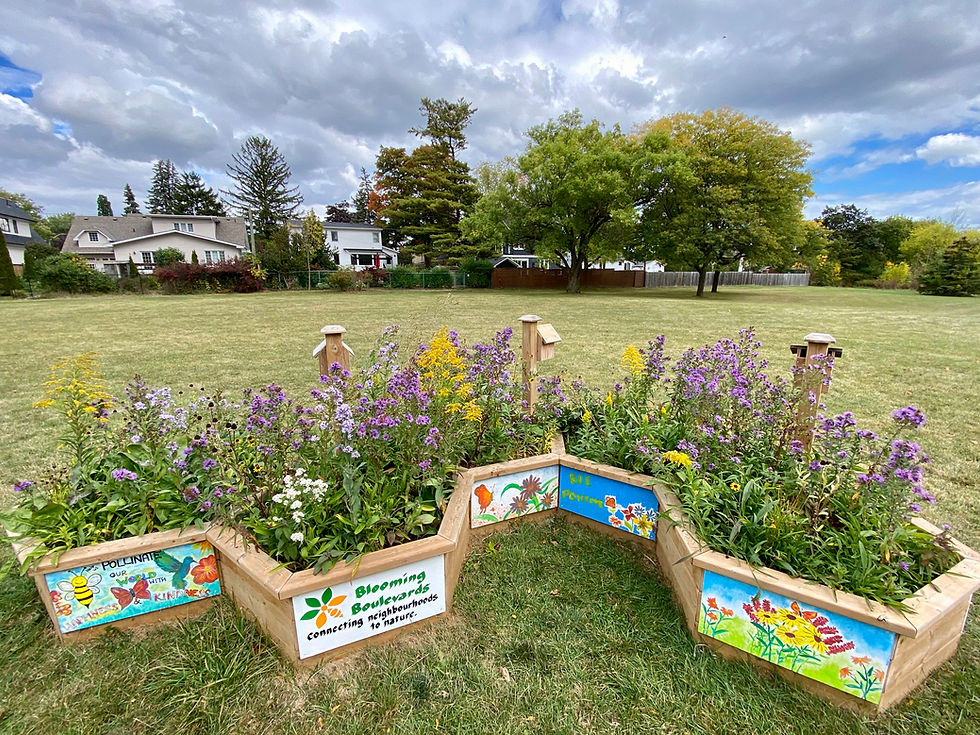Your Awakening Garden
- Jeanne McRight

- Feb 24, 2021
- 2 min read
by Jeanne McRight
Leave your winter plant debris in your garden until mid-spring, after sheltering wildlife emerges from its protective cover. The winter garden is beautiful but it's important to see the garden not just as a human space. It is also meant to be a welcoming place for other species.
Photos ©2020_Peeter Poldre
Removing old leaves, stems and twigs from the garden is removing fertilizer, rich topsoil, habitat, and food -- or simply put, it's gardening against nature.
The garden debris material can be scattered about or strategically placed in piles if you prefer. It's best to wait until mid-spring to do this. Dead plant parts are broken down gradually by soil organisms, insects, worms and other wildlife, a process that adds nutrients and increases water penetration and storage -- the cycle of life. When you remove leaves and stems from the garden you are literally removing your soil’s most valuable fertilizer.
In spring, dried flower stems and grass clumps used for winter food and shelter become prime nesting material for birds, animals and insects. Inside plant stems may be larvae of native bees, since roughly 25% of native bee species use cavities found in wood or stone as nesting sites. Leave 12-18 inches of stem when cutting back the garden so bees can lay eggs in the hollow or pithy ones. The top parts of the stems may have overwintering bees or larvae as well, so just set them aside to allow any remaining bees to emerge.
As well, many butterfly, moth and beneficial insect larvae overwinter in dead leaves, so please allow the leaves to remain until after weather warms in spring. When it's time to collect the winter-softened leaves, you can save them in black garbage bags where they will break down further into black, crumbly leaf mould - a perfect soil conditioner that can be used for top-dressing throughout the summer months.















Comments